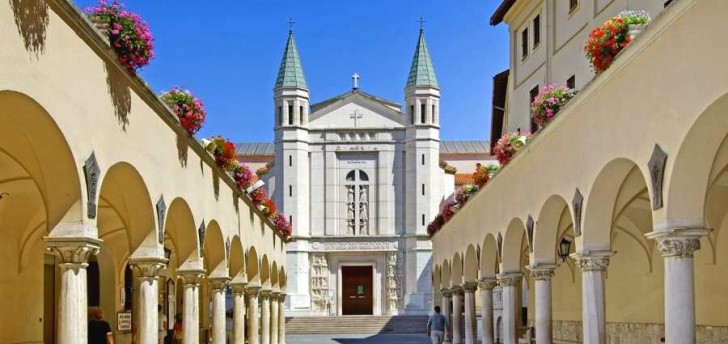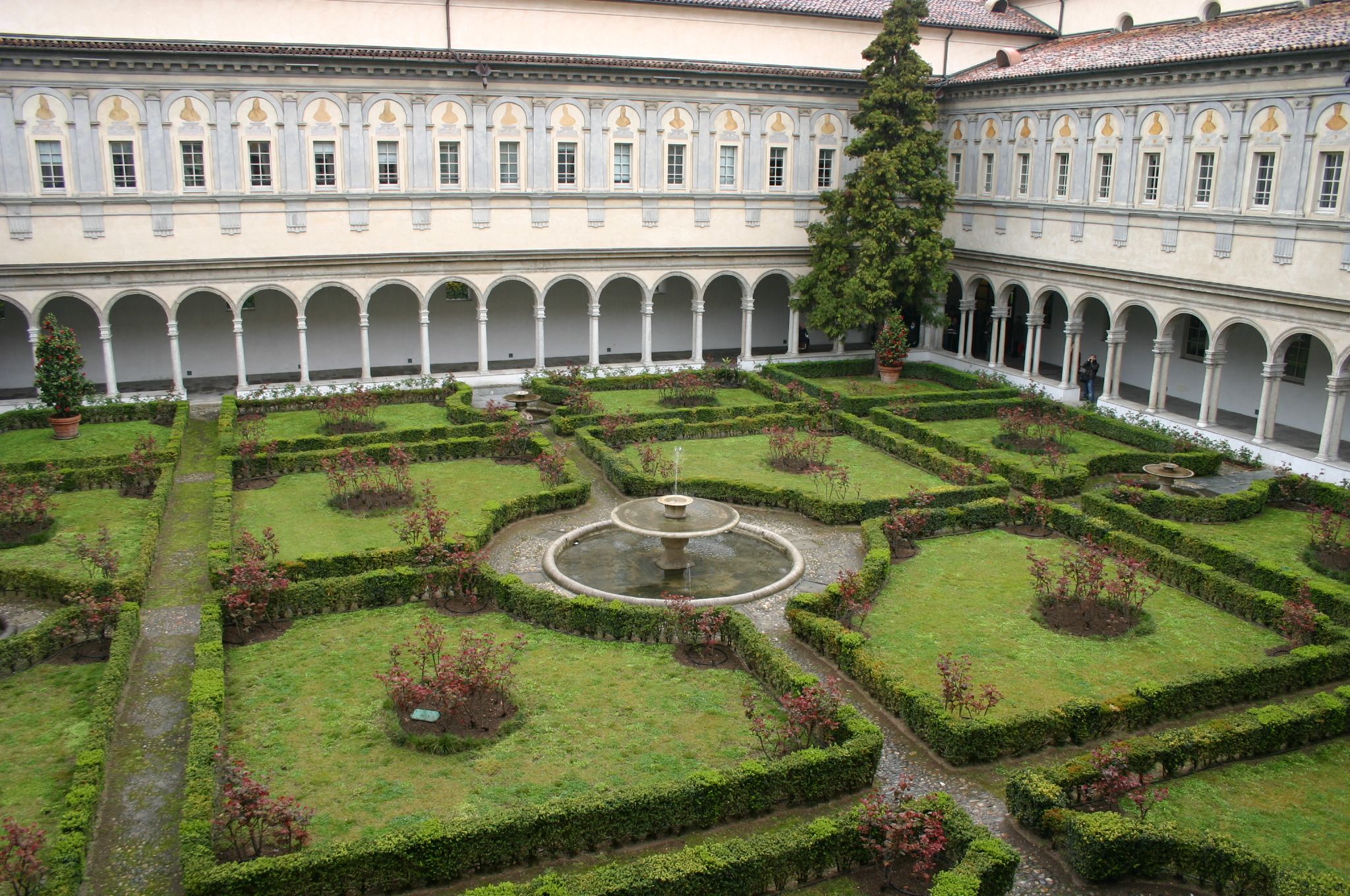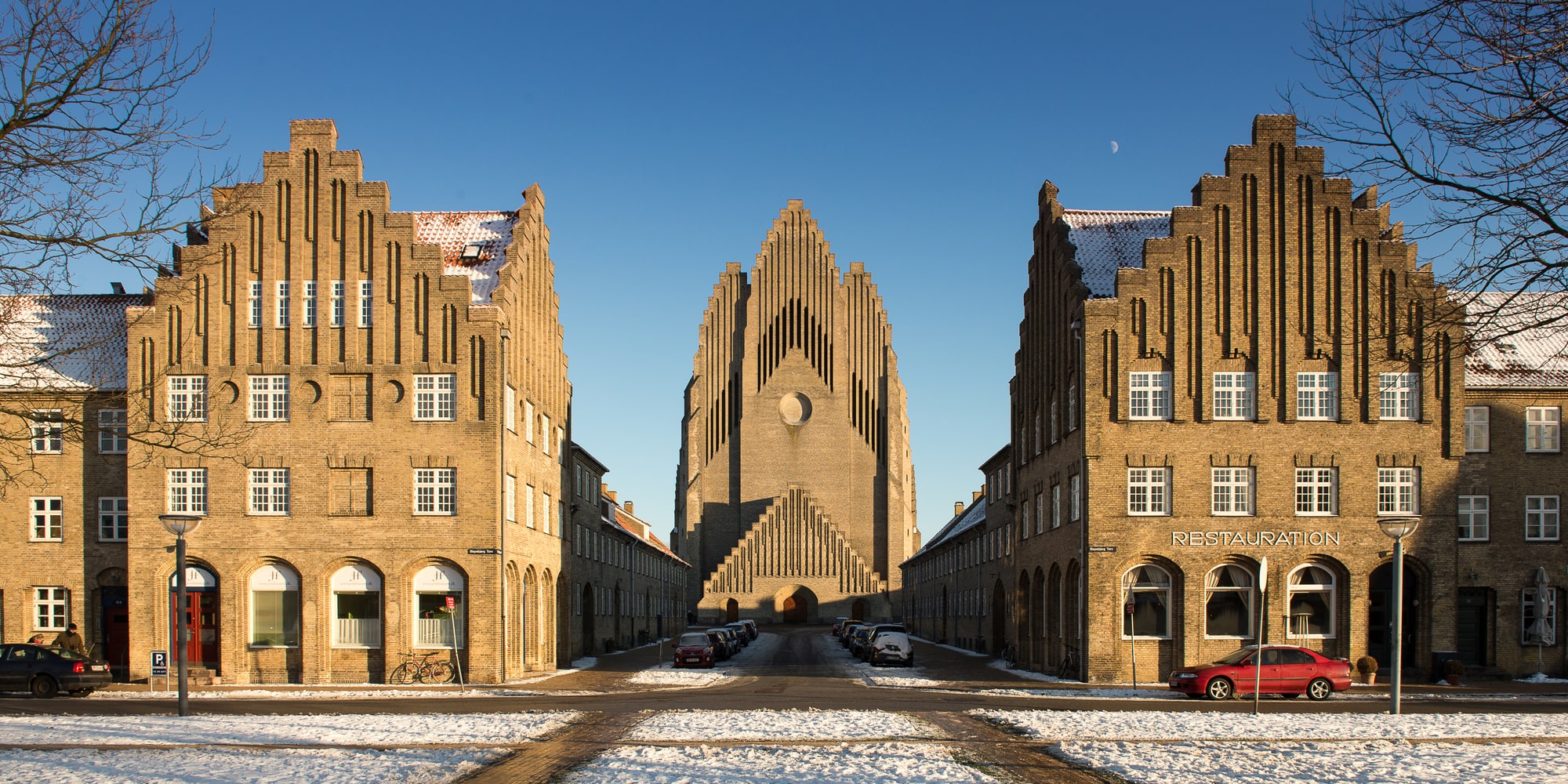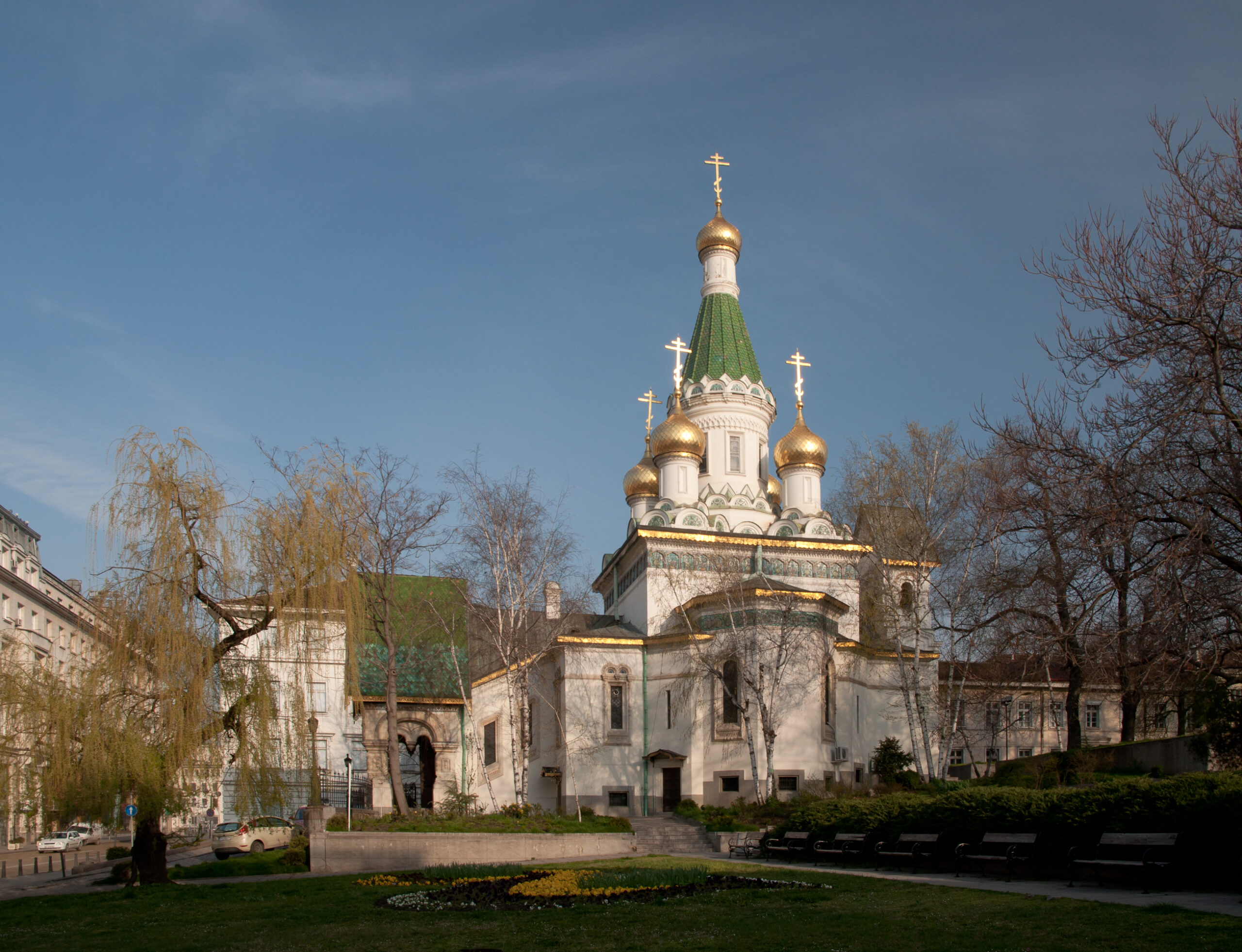the San Ludovico Chapel, so renamed in recent times, which at the time was called "San Leonardo Chapel", as San Leonardo was the protector of prisoners. Those prisoners who attended the structure, because they were condemned within the Royal Hearing.
Hidden within the walls of the State Archives is the small Chapel of the fourteenth century, dedicated to St. Louis of Toulouse.
The Chapel has a single nave closed by two bays, one with a barrel vault and the other with a cross vault and ogival arches.
The extraordinary San Ludovico Chapel was rediscovered only in 2008, following a report by Professor Vincenzo De Simone. The chapel was hidden under the plaster of the following centuries. The recovery work lasted about a year and, in 2009, brought to light several frescoes of the thirteenth century on the vaults, but the most beautiful fresco is dated 1320 and depicts St. Louis, a famous Franciscan saint, Bishop of Toulouse and son of the King of Naples Charles of Anjou.
It really seems to suddenly plunge into a wonderful medieval atmosphere, entering the Chapel (on the ground floor of the State Archives): ogival arches, vaulted ceiling, brightly colored frescoes. An exceptional treasure chest, unknown until a few years ago.
The admirable fresco of St. Ludovico, which today gives its name to the Salerno chapel, was probably painted during the period of Ludovico’s proclamation as a saint. And it was painted in a city dear to him, of which his father Charles II the lame had been prince for many years.
Moreover, the presence of the fresco of St. Ludovico is justified by the use of the chapel: as said, celebrations for prisoners took place there, and St. Ludovico was known to be very generous towards them!
Saint Ludovico is portrayed in the clothes of a bishop, with the mitre (episcopal headdress) and the typical robes, but also with the halo of a saint and with a blessing hand. These last details suggest that this is a devotional image, conceived to allow prisoners to turn to the Franciscan Saint in their moment of need.
The decorations of the chapel, on the ceiling and on the walls are delightful. The frescoes are present in several lunettes on the walls.













